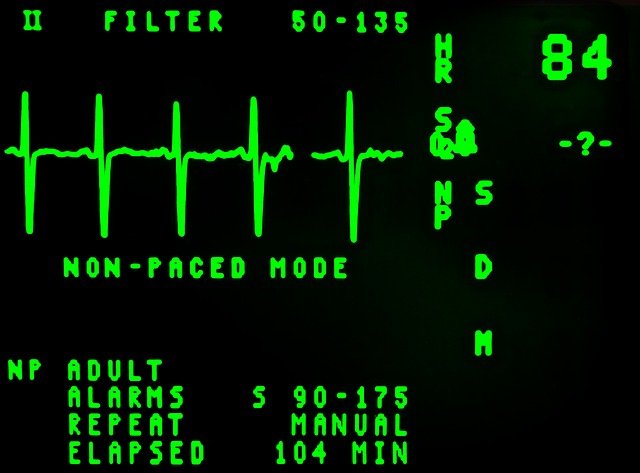4 Elements of a Strong Cardiac Misdiagnosis Claim

If you suffered after a doctor misdiagnosed a cardiac event, you may be able to take action. While filing a claim won’t erase what happened, it could at least provide your family with the funds needed to move forward in the aftermath.
Although every cardiac misdiagnosis claim is unique, all those that ultimately yield a payout are composed of the four same elements. Read on to learn what those elements are:
1. A Duty of Care
As long as you saw the offending physician in a clinical setting, he or she owed you a duty of care. Whenever a patient visits a medical provider for treatment, the provider has an obligation to follow the most widely accepted standard of care given the circumstances.
2. A Breach of Duty
Because medicine isn’t an exact science, patients don’t automatically have grounds for legal action when complications arise. In order to proceed with your case, you’ll have to prove that the defendant deviated from the most widely accepted standard of care. In other words, you must show that he or she did not act as any reasonable physician would have—or should have—under the circumstances.
3. Damages
Many patients who have been misdiagnosed are surprised to learn that the breach alone isn’t enough to constitute legal action. You won’t be able to seek compensation unless you incurred actual damages as a result of your provider’s negligence. That means if your physician realized his or her mistake almost immediately and proceeded to administer the necessary care, you would not be entitled to a payout.
If, on the other hand, your doctor failed to recognize the misdiagnosis before complications developed, you would be able to pursue funds for the associated damages. Such damages might include:
- Medical bills;
- Lost wages;
- Home care;
- Replacement services;
- Domestic help;
- Emotional distress;
- Loss of enjoyment in life; and
- Pain and suffering.
4. Causation
For any personal injury claim to have a chance of succeeding, the defendant’s breach must have been directly responsible for the damages the plaintiff incurred. This is often one of the hardest elements to prove in malpractice cases because virtually all the plaintiffs have preexisting conditions.
When building your claim, for example, you’ll have to demonstrate that you wouldn’t have suffered the complications you did but for your provider’s misdiagnosis. Thankfully, a resourceful cardiac misdiagnosis attorney can help you gather the kinds of evidence needed to do so. Such evidence might include:
- Hospital logs;
- Diagnostic images;
- Statements from relevant medical specialists; and
- Testimony from your primary care provider.
Speak with a Cardiac Misdiagnosis Attorney
At Emerson Straw, we understand the utter devastation that medical malpractice can leave in its wake. If you or someone you love was misdiagnosed, we’ll help you prove the elements needed to seek compensation for all associated damages.
By letting us build your claim, you can focus on more important matters, like making a full recovery. Call (727) 821-1500 or use our Online Contact Form to set up a free consultation with a cardiac misdiagnosis lawyer.
